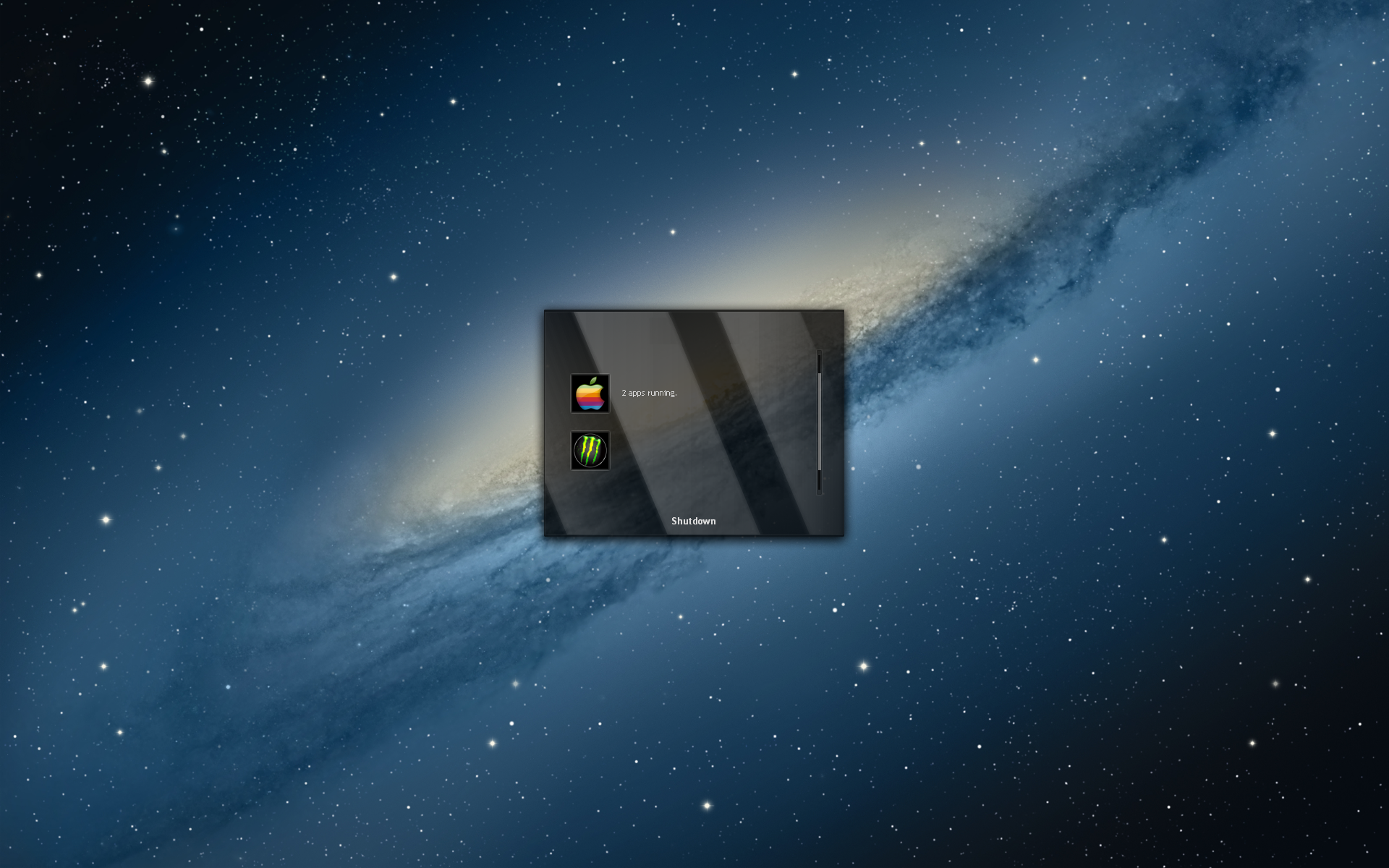- Gigabyte For Mac Os Versions
- Gigabyte For Mac Os 10.13
- Gigabyte For Mac Os 10.10
- Gigabyte Brix Mac Os X
- GIGABYTE M6800 GM-M6800 Noble Black 4 Buttons 1 x Wheel USB Wired Optical Gaming Mouse. Mouse Grip Style: All Maximum dpi: 1600 dpi Hand Orientation: Right Hand Operating System Supported: Windows XP 32bit / Vista / Win7 / Win8 Model #: GM-M6800 Item #: 9SIA4RE8EX8733 Return Policy: View Return Policy $49.99 –.
- Install Mojave and High Sierra Mac OS in Gigabyte H270/Z270 Md3h and B360/ H370 and Z390 M D3H Basic part Of Build of Desktop CPU Build a Desktop CPU Step.
- With the release of the macOS High Sierra operating system, Cupertino ditched its venerable Mac OS Extended file system. You could pay more than 25 cents per gigabyte for an SSD, while.
- Gigabyte Z370 AORUS GAMING WIFI. Recommended Processor Core i7-8700K Core i5-8700K.
Gigabyte B450M-S2H hackintosh (mac OS Catalina 10.15.1) What's working: Everything even sleep! (sound, ethernet, gpu acceleration, hdmi sound, 3.5mm audio ports etc.) What's not working: Seems like nothing for now. Mainboard: Gigabyte B450M S2H Micro ATX AM4 w/ F50 BIOS (AMD AGESA 1.0.0.4 B) CPU: AMD Ryzen 5 3600 3.6 GHz 6-Core.
Oftentimes, the DSDT section of tonymacx86 will only offer DSDT files for certain BIOS versions. If you checked your BIOS version, and you don't have a compatible version, then you'll have to update. This is known as flashing your BIOS, which sounds intimidating, but it's really not. In fact, flashing is as easy as installing most Windows programs, once you get used to the blue and yellow pages of the BIOS.
Gigabyte For Mac Os Versions

First, you need to download the BIOS update file for your specific BIOS version. If you haven't installed Windows on your Hackintosh yet, then you can do this from a separate computer (it needs to be a Windows PC, unfortunately).
If you have a Gigabyte motherboard, simply Google the model name of your motherboard; the official Gigabyte page for your motherboard should be the first result. In the official Gigabyte page, click on the 'Downloads' tab and select 'BIOS' for download type. For example, this is the BIOS download page for my motherboard (a Gigabyte P67A-D3-B3). You'll download a .exe file. Run it; it will prompt your for installation location.
Just choose any random location that you can remember. The .exe file will extract two files: a BIOS updater (called FLASHSPI.EXE), and a BIOS update file (which should look something like 'p67ad3b3.f5'). Ignore the updater; it's outdated and pretty much useless.
Put the file on a USB drive that has been formatted with the FAT or FAT32 file system. Then plug the drive into the computer whose BIOS you want to update. Boot into the BIOS (you need to press the Delete key at bootup to open the BIOS for Gigabyte motherboards). At the bottom of the BIOS screen, you will see something named along the lines of 'Q-Flash Utility'. This is a tool for updating BIOS software. On Gigabyte motherboards, press F8 to start Q-Flash. Q-Flash should detect the update file on your USB drive. Select that file and press the enter key. After a short update process, your BIOS will be updated.
Once the update process is done, you can reboot and begin your installation of Mac OS X, this time with a supported BIOS version.
If you own an old computer that you want to turn into a Hackintosh, you'll probably have to fiddle with its BIOS, which is basically a traditional-style settings page for your motherboard. Since 2012, the BIOS standard has largely been replaced by UEFI, a newer (and better-looking) interface for managing motherboard settings. However, we believe that enough Hackintoshes these days still use BIOS to warrant a guide for it. Gigabyte motherboards have traditionally been the most widely recommended brand for Hackintoshes, so that's what we'll be covering in this tutorial.
Not sure whether your computer's Gigabyte-brand motherboard uses BIOS or UEFI? Here's a quick guide to differentiating between the two: the interface of BIOS is usually monochrome and entirely text-based. Meanwhile, the interface of UEFI usually has pictures, and allows you to use your mouse pointer. If your Gigabyte motherboard uses UEFI, check out our UEFI settings guide instead.
To enter the BIOS on my own computer's Gigabyte P67A-D3-B3 motherboard, I have to press the delete key when it boots (before the operating system starts). Different manufacturers set different keys for opening the BIOS.
If your Hackintosh already has Mac OS X Snow Leopard, Lion, or Mountain Lion installed, the only thing you'll need to change in the BIOS is the 'Boot Device', so that USB drives have highest priority.

If your Hackintosh doesn't have any version of Mac OS X installed yet, you have to change a few extra BIOS settings. Before starting, reset all of your BIOS settings to their factory defaults. On Gigabyte motherboards, you can reset your BIOS settings to their default by selecting 'Load Optimized Defaults' on the main page of the BIOS. Once your BIOS is running on its defaults, you need to change these three settings:
Boot Device - Change the boot device of your computer so that 'USB-HDD' is first. You need to do this for Unibeast to work. After you finish installing Mac OS X, you should change this setting back to default, so that 'Hard Disk' is the first boot device (this optional, but it will speed up your boot times).

Gigabyte For Mac Os 10.13
HPET
Gigabyte For Mac Os 10.10
- Change this to 64-bit.SATA Control Mode (your BIOS might call this a different name) - This will probably already be set to 'SATA', 'IDE', or 'RAID'. Change it to 'AHCI'. Mac OS X only works with AHCI.
Gigabyte Brix Mac Os X
